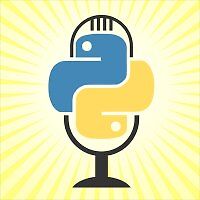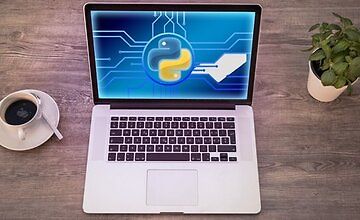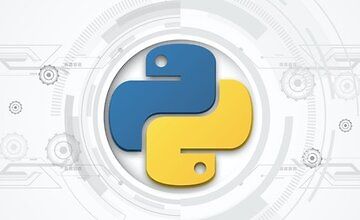
Talkpython
Talk Python Training - это ведущая онлайн-тренинговая компания, основанная в 2016 году с явной целью обеспечения высококачественного, глубоко технического обучения Python.
Write Pythonic Code Like a Seasoned Developer
Этот курс познакомит вас с более чем 50 наиболее популярными и полезными примерами кода, демонстрирующими код Pythonic. В примерах вы сначала увидите Не-Pythonic код, а затем более естественную версию Pythonic.
Одной из специальных концепций в Python является идея написания идиоматического кода, который наиболее соответствует особенностям и идеалам языка. В Python мы называем этот идиоматический код Pythonic. В то время как эту идею легко понять, ее довольно трудно сделать конкретной.
Рассматриваемые темы включают в себя широкое использование словарей, хакерство использования памяти Python через слоты, использование генераторов, пониманий и выражений генераторов, создание подмножеств коллекций через срезы (вплоть до базы данных) и многое другое. Некоторые из них являются функциями Python 3, поэтому у вас будет еще больше оснований для принятия Python 3 для вашего следующего проекта.
Исходный код и репозиторий github курса
github.com/mikeckennedy/write-pythonic-code-demos
Что такое Pythonic-код и почему это важно?
Одной из специальных концепций в Python является идея написания идиоматического кода, который наиболее соответствует особенностям и идеалам языка. В Python мы называем этот идиоматический код Pythonic. Когда вы пишете код Pythonic, вы используете 25-летний опыт многих тысяч разработчиков. Вы пишете ожидаемый код и настраиваетесь во время выполнения CPython. Возможно, самое главное, вы пишете код, который легко читается и понимается вашими коллегами и старшими разработчиками Python.
Если вы создаете продукт с открытым исходным кодом, другим участникам будет легче присоединиться, если ваш код будет Pythonic. Если вы работаете в команде разработчиков программного обеспечения, вам будет легче набирать новых разработчиков для вашей компании на Python.
Наконец, многие из более чем 50 советов, рассматриваемых в этом курсе, которые считаются «Pythonic», позволяют вам писать более читаемый код, более поддерживаемый код и более эффективный код. Таким образом, в некотором смысле вы можете думать об этом курсе как об эффективном курсе Python.
Для кого этот курс?
Курс предназначен для начинающих и продвинутых разработчиков Python, которые хотят отточить свои навыки программирования на Python и стать настоящими профессионалами в области Python. Это не курс «Изучай Python с нуля», и он предполагает, что ты знаком с языковыми конструкциями, такими как модули, функции, классы и тд.

Talk Python Training - это ведущая онлайн-тренинговая компания, основанная в 2016 году с явной целью обеспечения высококачественного, глубоко технического обучения Python.


Станьте разработчиком Python 3 и получите работу! Создайте более 12 проектов, узнайте больше о веб-разработке, машинном обучении и многом другом!